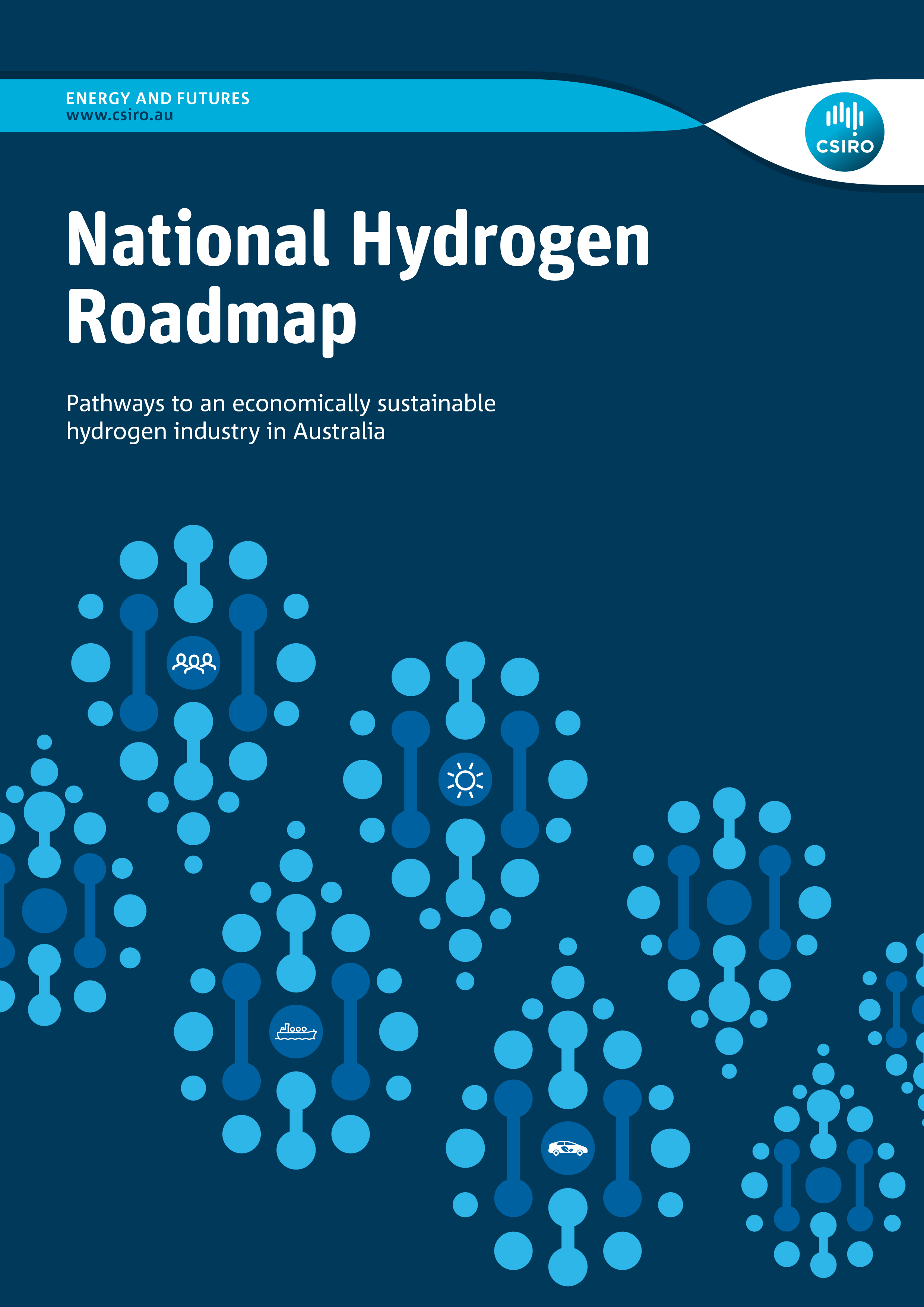Recently there has been a considerable amount of work undertaken (both globally and domestically) seeking to quantify the economic opportunities associated with hydrogen. The National Hydrogen Roadmap takes that analysis a step further by focusing on how those opportunities can be realised.

The primary objective of the Roadmap is to provide a blueprint for the development of a hydrogen industry in Australia. With a number of activities already underway, it is designed to help inform the next series of investment amongst various stakeholder groups (e.g. industry, government and research) so that the industry can continue to scale in a coordinated manner.
Pathways to an economically sustainable industry
The low emissions hydrogen value chain now consists of a series of mature technologies. While there is considerable scope for further R&D, this level of maturity has meant that the narrative has shifted from one of technology development to market activation.
Barriers to market activation stem from a lack of supporting infrastructure and/or the cost of hydrogen supply. However, both barriers can be overcome via a series of strategic investments along the value chain from both the private and public sector.
The report shows that while government assistance is needed to kick-start the industry, it can become economically sustainable thereafter. This is demonstrated by first assessing the target price of hydrogen needed for it be competitive with other energy carriers and feedstocks. Second, the assessment considers the current state of the industry, namely the cost and maturity of the underpinning technologies and infrastructure. It then identifies the material cost drivers and consequently, the key priorities and areas for investment needed to make hydrogen competitive in each of the identified markets.
The opportunity for hydrogen to compete favourably on a cost basis in local applications such as transport and remote area power systems is within reach based on potential cost reductions to 2025. Further, the development of a hydrogen export industry represents a significant opportunity for Australia and a potential 'game changer' for the local industry and the broader energy sector due to associated increases in scale.
Download the National Hydrogen Roadmap
Recently there has been a considerable amount of work undertaken (both globally and domestically) seeking to quantify the economic opportunities associated with hydrogen. The National Hydrogen Roadmap takes that analysis a step further by focusing on how those opportunities can be realised.
The primary objective of the Roadmap is to provide a blueprint for the development of a hydrogen industry in Australia. With a number of activities already underway, it is designed to help inform the next series of investment amongst various stakeholder groups (e.g. industry, government and research) so that the industry can continue to scale in a coordinated manner.
Pathways to an economically sustainable industry
The low emissions hydrogen value chain now consists of a series of mature technologies. While there is considerable scope for further R&D, this level of maturity has meant that the narrative has shifted from one of technology development to market activation.
Barriers to market activation stem from a lack of supporting infrastructure and/or the cost of hydrogen supply. However, both barriers can be overcome via a series of strategic investments along the value chain from both the private and public sector.
The report shows that while government assistance is needed to kick-start the industry, it can become economically sustainable thereafter. This is demonstrated by first assessing the target price of hydrogen needed for it be competitive with other energy carriers and feedstocks. Second, the assessment considers the current state of the industry, namely the cost and maturity of the underpinning technologies and infrastructure. It then identifies the material cost drivers and consequently, the key priorities and areas for investment needed to make hydrogen competitive in each of the identified markets.
The opportunity for hydrogen to compete favourably on a cost basis in local applications such as transport and remote area power systems is within reach based on potential cost reductions to 2025. Further, the development of a hydrogen export industry represents a significant opportunity for Australia and a potential 'game changer' for the local industry and the broader energy sector due to associated increases in scale.
